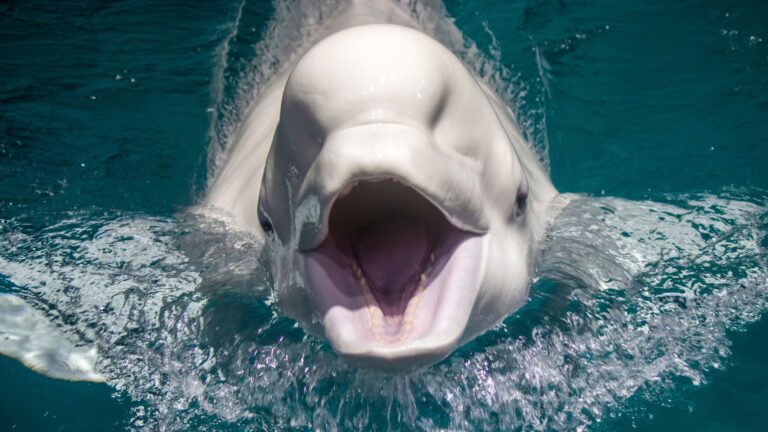8 American Rivers Sharks Have Traveled Inland – And 7 Where You’ll Never Find Them
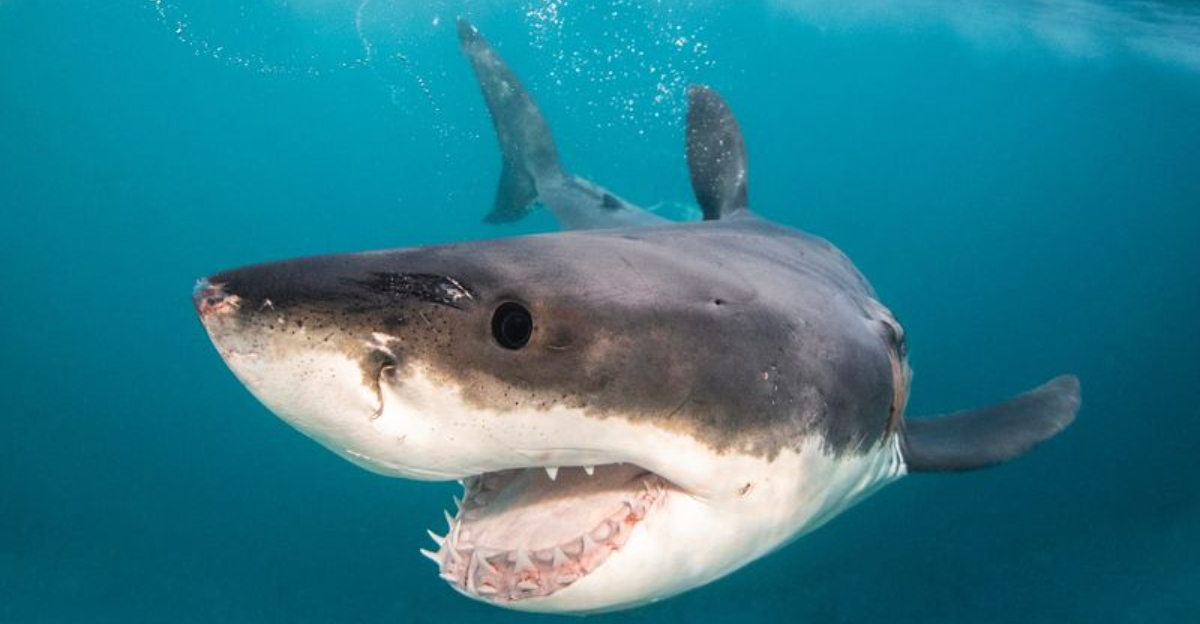
Sharks aren’t just lurking in ocean waters – some species can swim hundreds of miles upstream into freshwater rivers. These incredible predators have been spotted in surprising inland waterways across America, shocking locals and scientists alike.
However, not all American rivers provide suitable habitats for these oceanic visitors, and knowing which waterways are shark-free might ease your mind during your next swimming adventure.
1. Mississippi River: Unexpected Bull Shark Territory
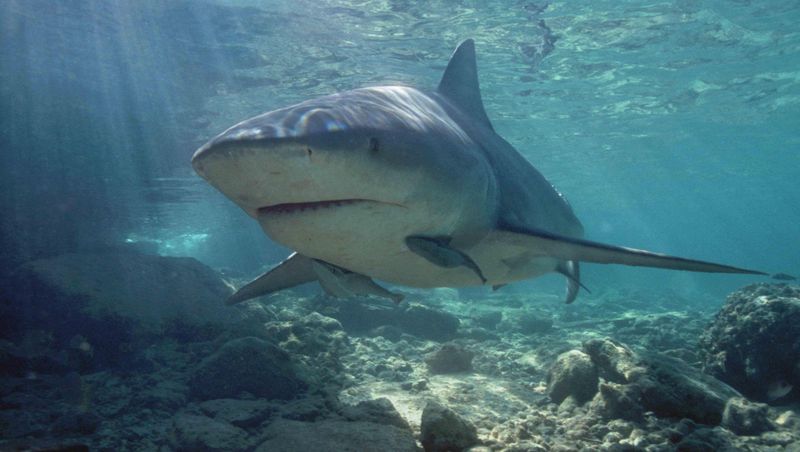
Swimming nearly 700 miles upstream, bull sharks have shocked fishermen in Illinois waters of the mighty Mississippi. These salt-tolerant predators can regulate their bodies to survive in freshwater for months.
One famous incident in 1937 recorded a bull shark caught near Alton, Illinois – proving these ocean dwellers aren’t afraid to venture deep into America’s heartland when conditions are right.
2. Hudson River: Manhattan’s Underwater Neighbors
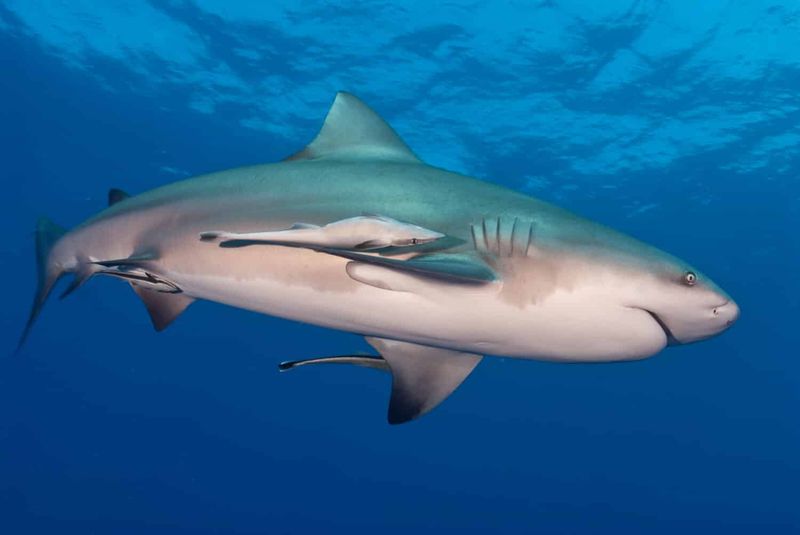
Beneath the shadow of New York’s skyline, several shark species navigate the Hudson’s currents. Most common are the smooth dogfish and sand tiger sharks, with occasional visits from more dangerous cousins.
Cleaner water in recent decades has attracted more marine life to this urban waterway. Researchers tracking tagged sharks have documented their journeys past landmarks like the Statue of Liberty and under the George Washington Bridge.
3. Potomac River: Capital City Shark Encounters
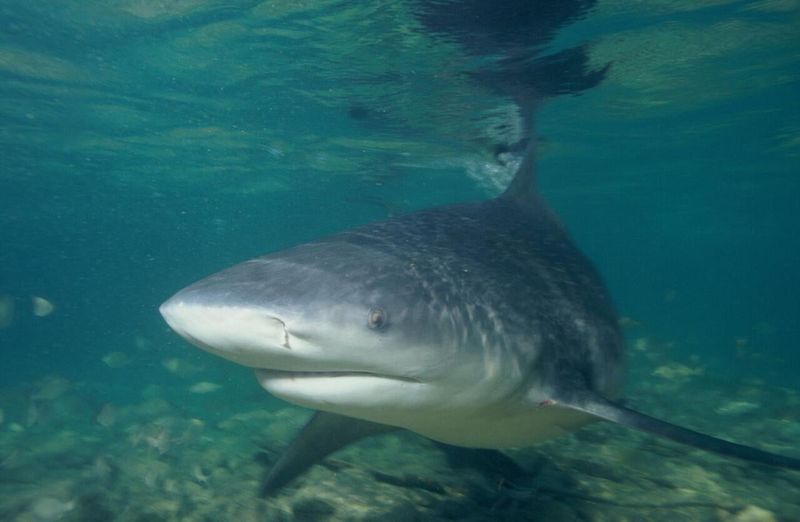
Just miles from the White House, bull sharks occasionally venture into the Potomac’s brackish waters. A fisherman’s 2010 catch near Woodrow Wilson Bridge stunned locals who had no idea sharks swam so close to the nation’s capital.
Warming waters and improving water quality have made this historic river increasingly attractive to these adaptable predators. Young bull sharks particularly favor these protected nursery areas during summer months.
4. St. Johns River: Florida’s Shark Highway
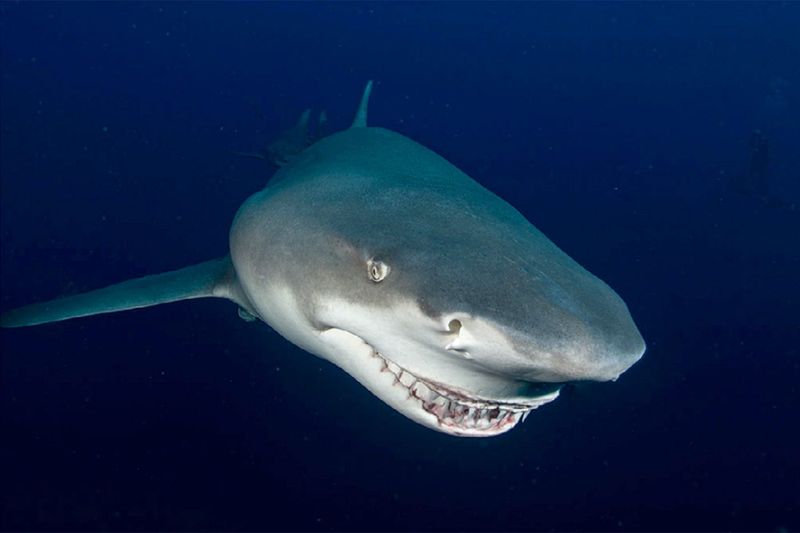
Winding through Florida’s interior, this north-flowing river serves as a shark superhighway. Bull sharks regularly travel deep into the state’s heartland, sometimes appearing near Blue Spring State Park where manatees gather.
The river’s gradual salinity change creates perfect conditions for these adaptable predators. Local fishing guides report consistent shark sightings nearly 100 miles inland, surprising tourists who thought they’d escaped ocean predators.
5. Trinity River: Texas-Sized Shark Surprises
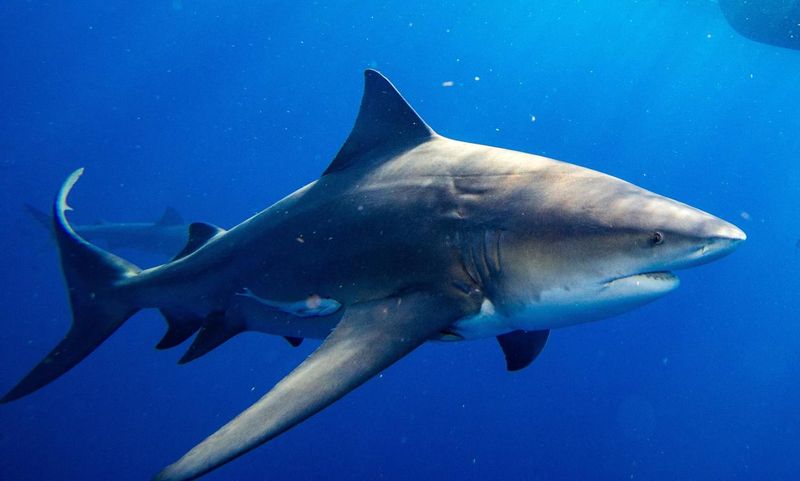
Flowing through Dallas toward the Gulf of Mexico, this Texas waterway occasionally hosts bull sharks during high-water events. Flood gates opening at Lake Livingston Dam have allowed these oceanic visitors to venture unusually far upstream.
A 5-foot bull shark caught near Liberty, Texas shocked locals in 2001. Researchers believe these rare inland journeys happen when salinity levels change dramatically after heavy rainfall pushes saltwater boundaries upriver.
6. Mobile River: Alabama’s Shark Superhighway
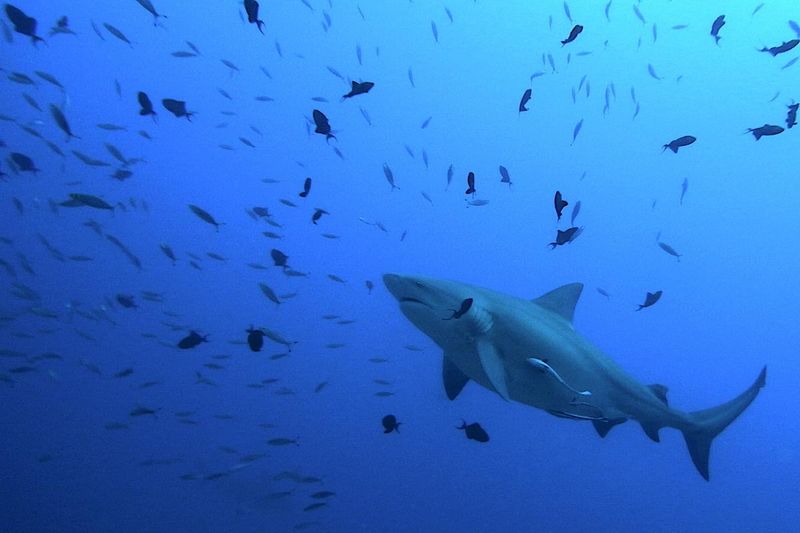
Feeding into Mobile Bay, this southern river system creates perfect shark pathways into Alabama’s interior. Bull sharks particularly favor these waters, sometimes traveling over 200 miles upstream through connected waterways.
Local fishermen have documented catches near the junction with the Tombigbee River. These adaptable predators follow prey fish migrating between salt and freshwater, creating unexpected encounters for river swimmers and boaters throughout the Mobile Basin.
7. Caloosahatchee River: Florida’s West Coast Shark Corridor
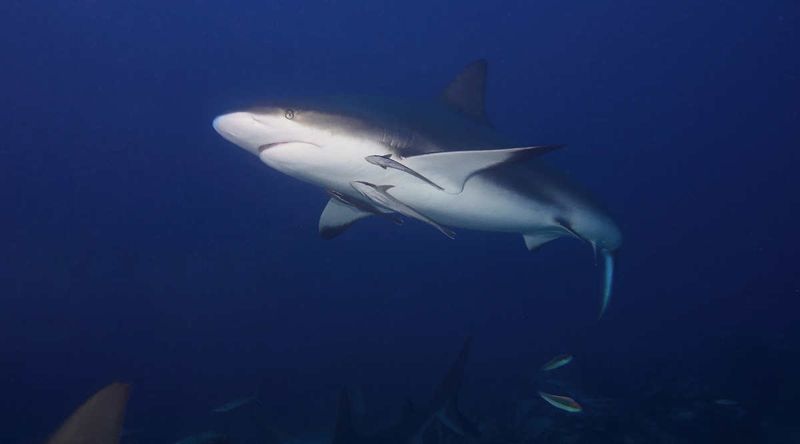
Connecting Lake Okeechobee to the Gulf of Mexico, this Florida river hosts regular shark visitors. Bull sharks find perfect breeding grounds in its warm, brackish waters, with juveniles using the river as a protected nursery.
Researchers have tracked tagged sharks moving between the river and gulf seasonally. Local swimming advisories sometimes go into effect when shark populations increase during summer months, particularly near the river’s mouth at Fort Myers.
8. Cooper River: South Carolina’s Shark Surprise
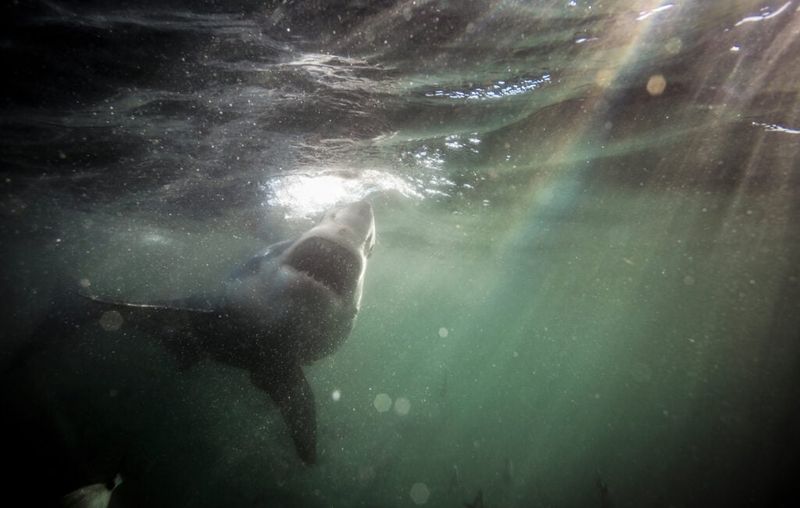
Flowing past Charleston toward the Atlantic, this southern waterway occasionally hosts bull and blacktip sharks. A surprising 2017 catch near Goose Creek revealed these predators venture much farther upstream than most locals realized.
The river’s varying salinity creates ideal conditions during certain seasons. Researchers studying these patterns have documented sharks following baitfish schools nearly 30 miles inland, particularly after heavy rains alter the salt-to-fresh water balance.
9. Colorado River: Desert Sanctuary From Sharks
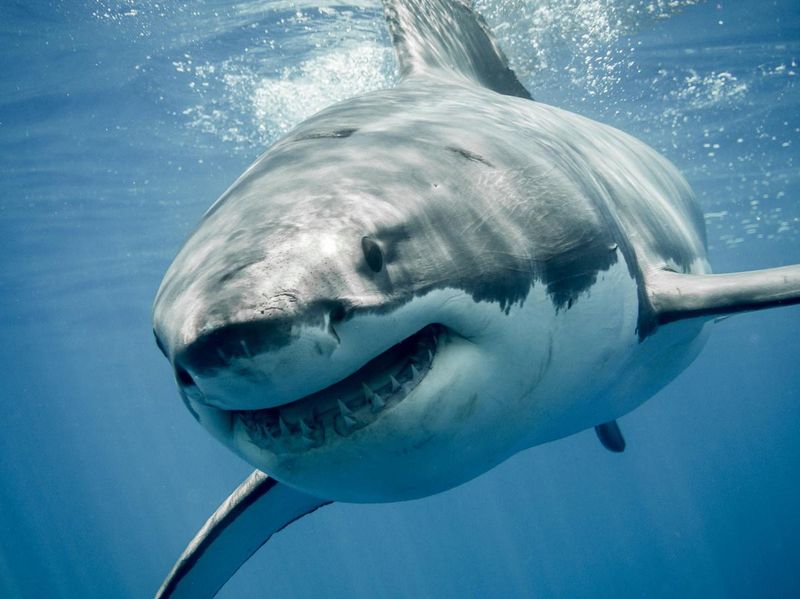
Carving through the Grand Canyon and southwestern deserts, this iconic waterway remains completely shark-free. Multiple dams, extreme distances from the ocean, and unsuitable water conditions create impenetrable barriers.
Despite internet rumors about sharks released into Lake Powell, no credible sightings exist. The river’s isolation from ocean access points makes it physically impossible for sharks to reach these waters naturally, allowing swimmers to splash worry-free.
10. Rio Grande: Border Waters Without Teeth
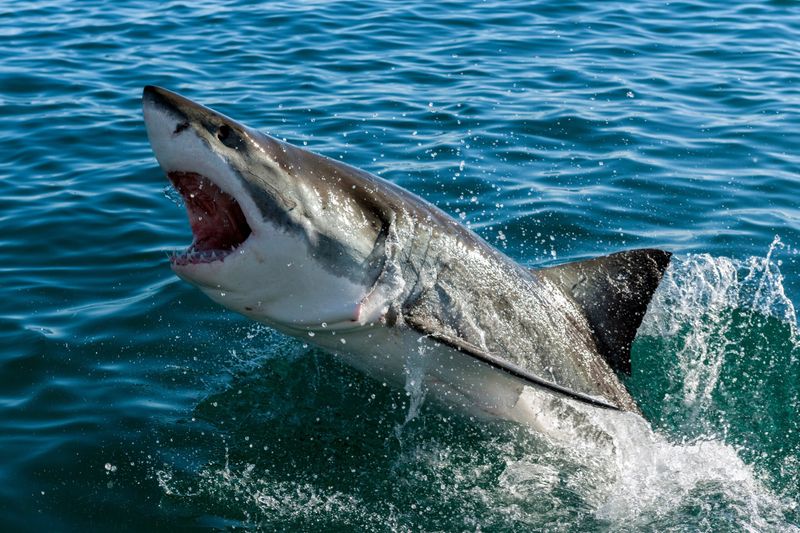
Forming the natural boundary between the US and Mexico, this famous river remains shark-free throughout its entire length. Extreme distance from the Gulf of Mexico combined with numerous dams creates insurmountable obstacles for potential shark visitors.
Low water levels and high salinity in portions of the river make it inhospitable for sharks. Even during flood conditions, the physical barriers prevent any oceanic predators from reaching these historic border waters.
11. Snake River: Pacific Northwest’s Shark-Free Waters
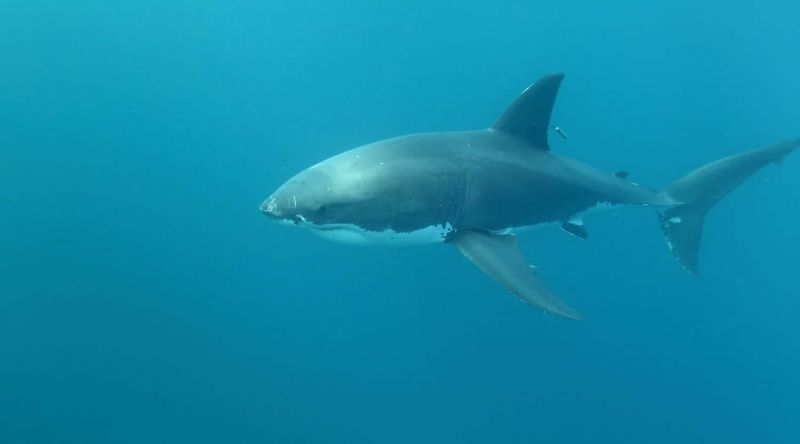
Winding through Idaho, Oregon, and Washington, this major Columbia River tributary remains completely shark-free. Massive hydroelectric dams like Hell’s Canyon create impassable barriers for any ocean predators attempting to swim upstream.
The extreme elevation changes would challenge even the most determined shark. While salmon make incredible journeys up these waters, the physical obstacles and distance from the Pacific Ocean ensure sharks will never join them in this inland waterway.
12. Yukon River: Alaska’s Arctic Shark Barrier
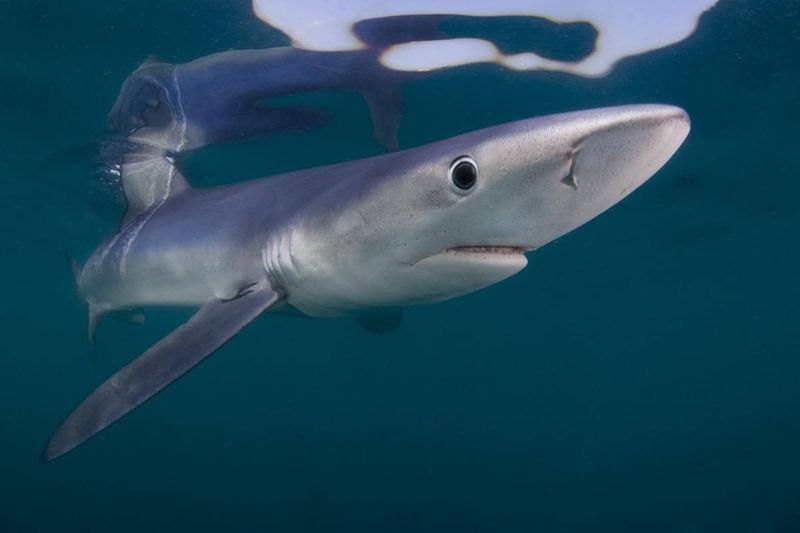
Flowing through Canada and Alaska toward the Bering Sea, this northern river’s frigid temperatures create natural shark protection. The extreme cold water, even during summer months, falls well below the minimum temperature tolerance of any shark species.
Ice-covered for much of the year, these waters host salmon and other fish. The combination of cold, distance, and seasonal freezing ensures sharks will never venture into this iconic Alaskan waterway, despite its connection to the ocean.
13. Missouri River: Heartland Waters Without Sharks
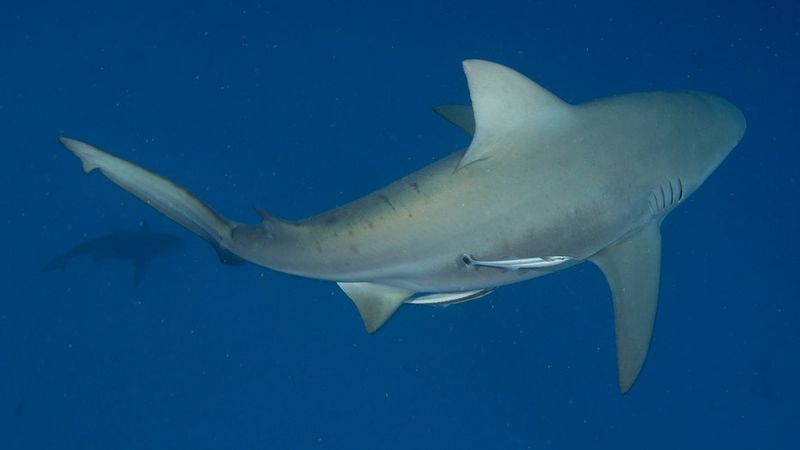
America’s longest river system remains completely shark-free throughout its 2,341-mile journey. Multiple dams, including the massive Gavins Point and Fort Peck structures, create impassable barriers for any ocean predators attempting to swim upstream from the Mississippi.
The extreme distance from the Gulf of Mexico further ensures safety. While catfish and sturgeon grow to impressive sizes in these waters, swimmers can enjoy this heartland river without any concern about sharks.
14. Ohio River: Industrial Waterway Without Predators
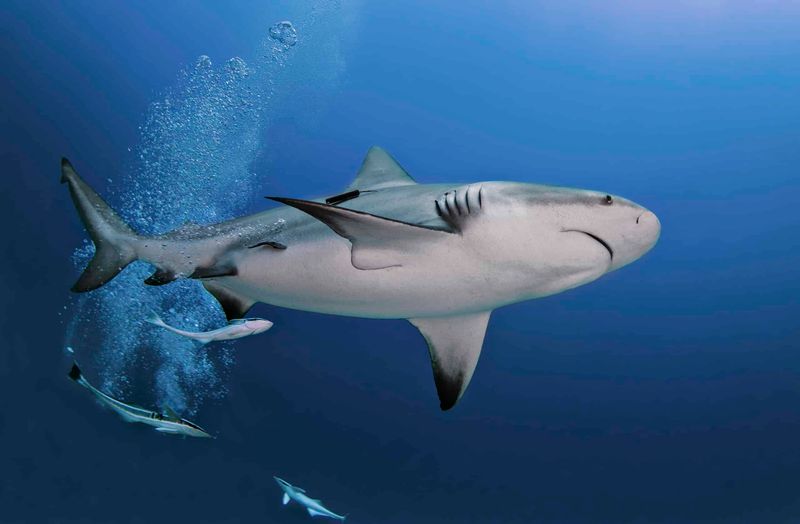
Forming boundaries between several eastern states, this major Mississippi tributary remains shark-free throughout its length. The combination of distance from the ocean and numerous lock-and-dam systems creates impenetrable barriers for sharks.
While river legends about massive catfish abound, no credible shark sightings exist. Industrial development along its banks has altered water conditions in ways that would challenge even the most adaptable shark species attempting to venture this far inland.
15. Columbia River: Pacific Salmon Highway, Shark Barrier
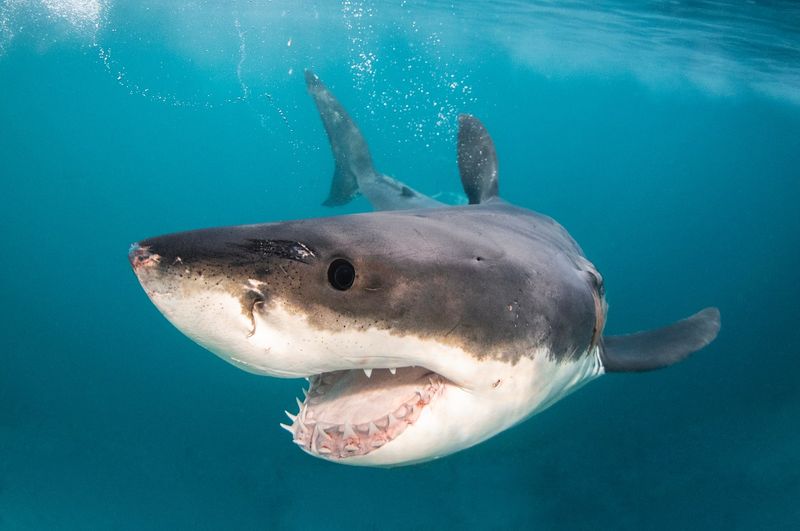
Despite connecting to the Pacific Ocean, this massive northwestern river system remains shark-free beyond its estuary. The series of 14 major dams, beginning with Bonneville, creates insurmountable obstacles for ocean predators.
While salmon navigate fish ladders during migrations, sharks lack this ability. The river’s powerful currents and enormous hydroelectric infrastructure ensure these waters remain safe for swimmers throughout Oregon, Washington, and Idaho, despite internet rumors suggesting otherwise.



